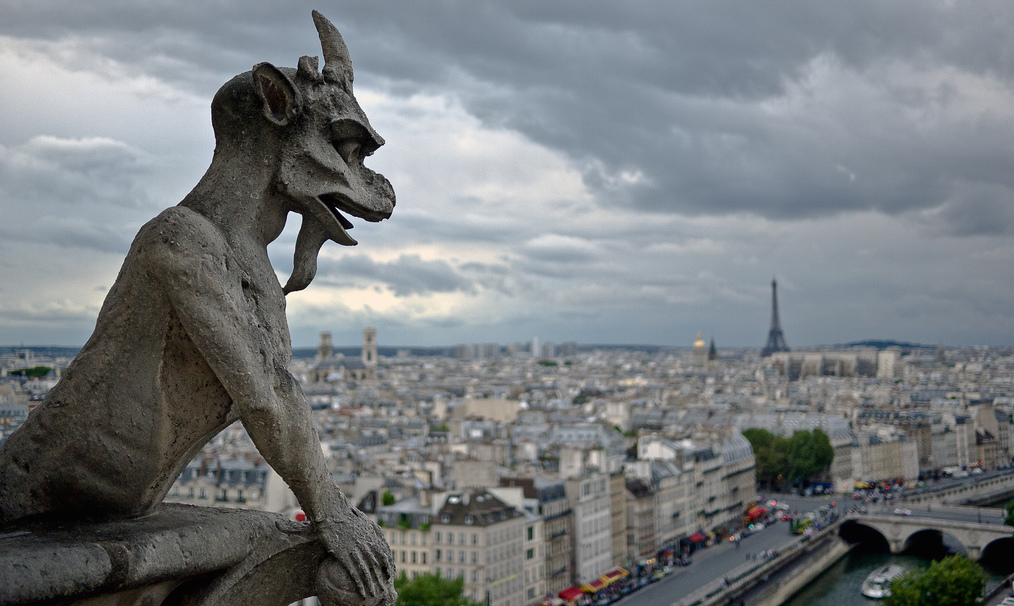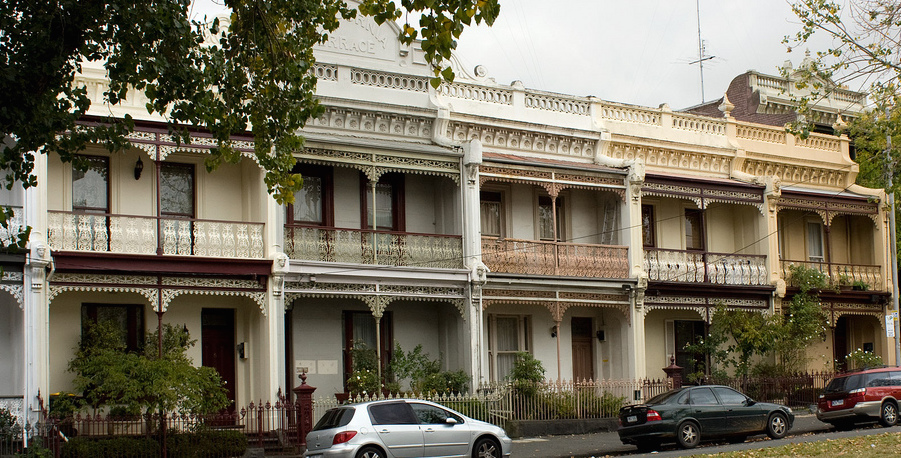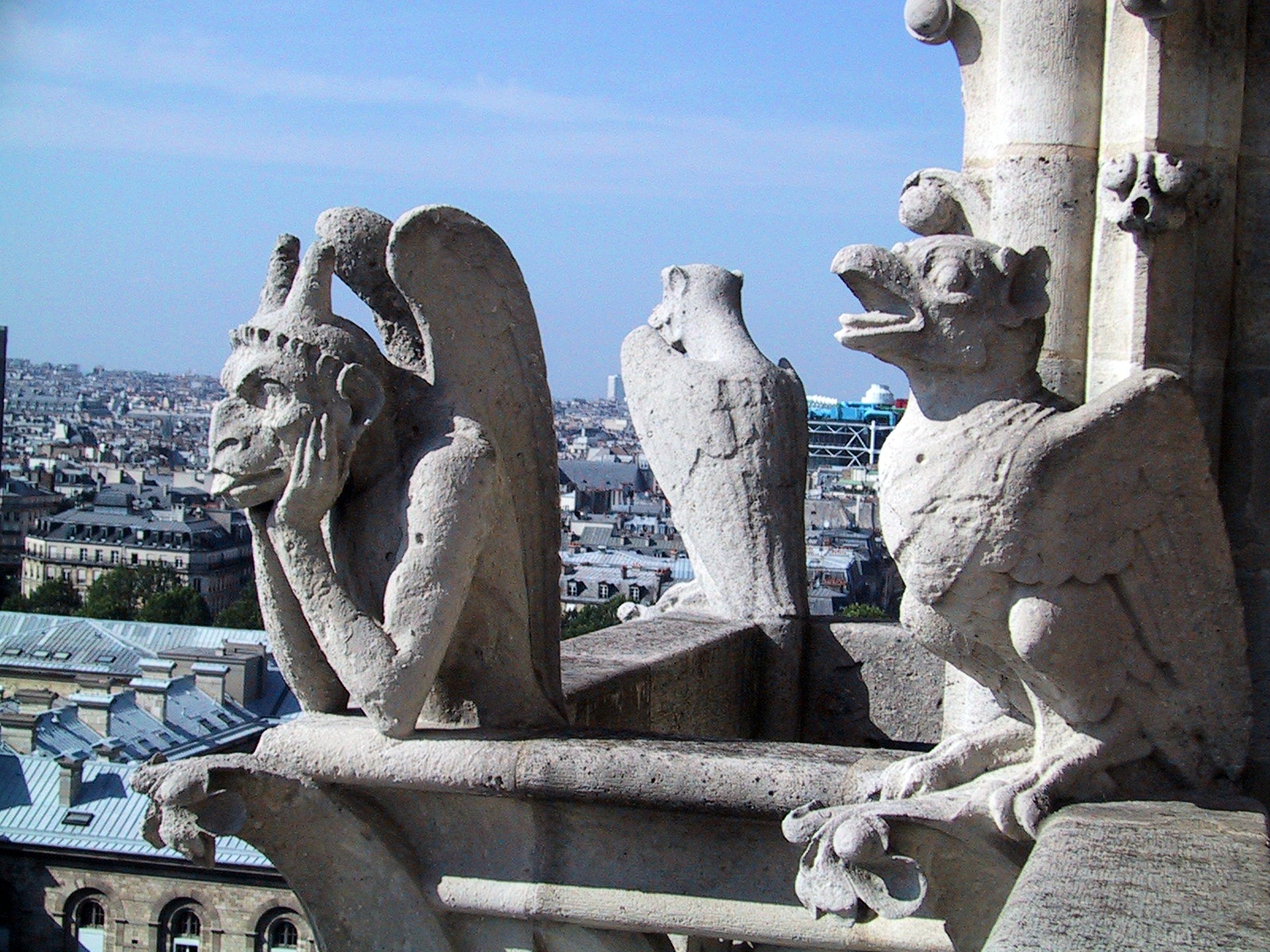Why gargoyles and gryphons keep watch over cities

Ever wondered about those mythical beasts looking down from the tops of buildings?
Published 5 October 2015
It always pays to look up when you walk around cities.
You’ll see decorative features and skilled stonework , sometimes faces and mythical beasts staring back at you. Why are they there? What did they mean to say?
The design features of today’s buildings map a city’s history. You’ll see influences from ancient cultures, British or European colonialism, trends brought back from faraway lands, as well as imprints of waves of migration. Like any design fashion they had a heyday with later periods of revival.
Professor Miles Lewis, from the University of Melbourne’s School of Design, can name the era and architect’s distinguishing features just by looking at pictures of an Australian streetscape.
He says: “My research has explored what I call the ‘culture’ of building.
Building houses is not driven principally by technology – it is driven by culture.
“For example in Australia, people in Victoria build in brick veneer but people in Western Australia build in brick cavity. There is no practical reason – it’s cultural. Colonialists or migrants often build according to their cultural traditions, which is why cities like Melbourne are interesting architecturally.”
The classic rows of Victorian terraces are often seen in cites with British colonial influences. Who is the lady present on many of these buildings? Is she an evolution of gargoyles warding off evil spirits?

“The woman’s face you see on many Victorian terraces is the most common of the ‘masks’ seen around cities like Melbourne and it is purely a decorative feature,” says Professor Lewis. “Some claim that it represents Minerva, Goddess of Wisdom.”
These features are not to be confused with gargoyles, which serve more than just a decorative function and are actually waterspouts.
“Gargoyles are creatures or characters that channel rain water away from the edge of the roof to prevent damage and erosion to the building below,” says Professor Lewis.
In the Middle Ages churches used gargoyles as a reminder that the devil lurks, contrasting with the cathedral’s interior, where redemption takes place. This was a form of marketing to an illiterate public among whom superstitions were common.

Since ancient times, people have been adorning buildings with statues and symbols. The Egyptians and Greeks, for example, depicted their own deities.
“The Greeks would often place the head of the gorgon Medusa on their temples, especially in Asia Minor, to ward off worse evils,” says Professor Lewis.
The mythical creatures on buildings are often a chimera, (which is a lion, serpent, goat combination) or a gryphon, which is a lion body and head with the wings of an eagle.
Dragons were used to symbolise the devil or demons, and become popular in Edwardian architecture as a decorative element. They remain popular as a made-to-order stylish roof feature.
Gargoyles, grotesques and masks have continued through history simply for decorative purposes.

